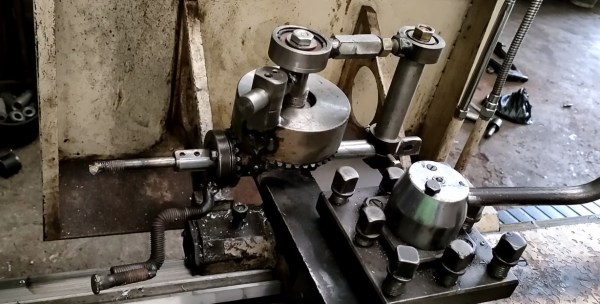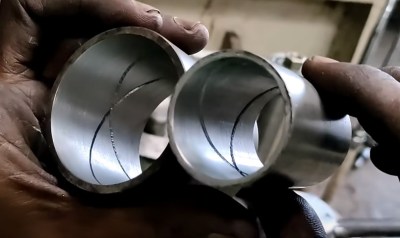Although water is often scarce for human consumption and agriculture, this planet is three-quarters covered by the stuff. The problem is getting the salt out, and this is normally done by the Earth’s water cycle, which produces rain and similar phenomena that replenish the amount of fresh water. Roughly 3% of the water on Earth is fresh water, of which a fraction is potable water.
Over the past decades, the use of desalination has increased year over year, particularly in nations like Saudi Arabia, Israel and the United Arab Emirates, but parched United States states such as California are increasingly looking into desalination technologies. The obvious obstacles that desalination faces – regardless of the exact technology used – involve the energy required to run these systems, and the final cost of the produced potable water relative to importing it from elsewhere.
Other issues that crop up with desalination include the environmental impact, especially from the brine waste and conceivably marine life sucked into the intake pipes. As the need for desalination increases, what are the available options to reduce the power needs and environmental impact?
Continue reading “Don’t Be Salty: How To Make Desalination Work In Tomorrow’s World”















